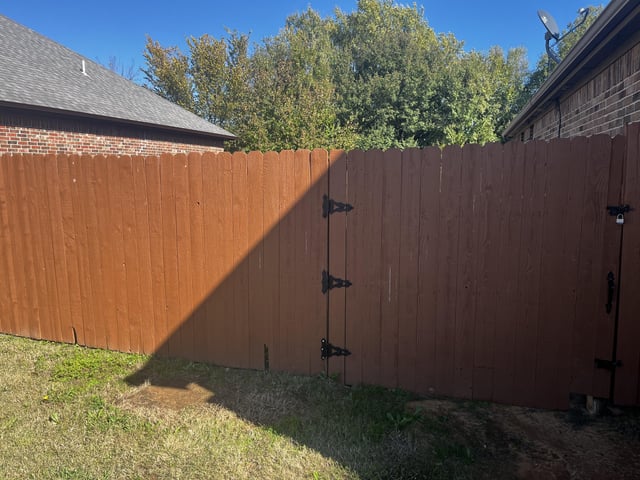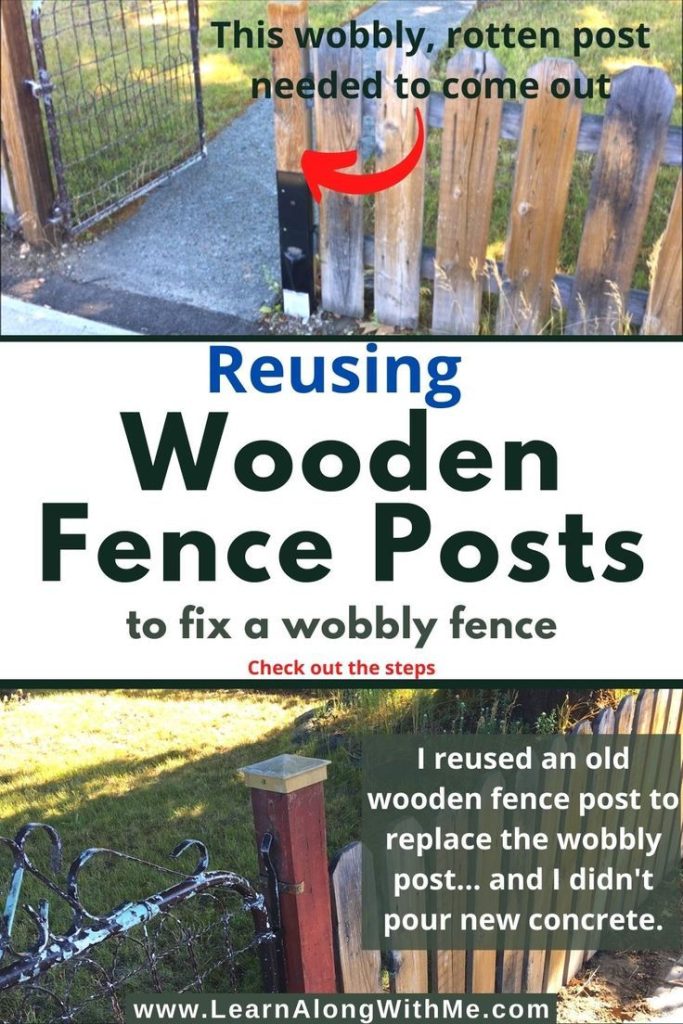

Fence posts loosening over time is a common landscaping issue that can lead to costly repairs and safety hazards. This comprehensive guide explores simple ways to reinforce fence post stability, prevent future issues, and maintain a secure and aesthetically pleasing fence. We’ll delve into methods from practical solutions using readily available materials to more advanced techniques that guarantee long-term stability. This guide is divided into sections on diagnosing loosening issues, implementing various reinforcement methods, and preventative measures to prolong the life of your fence.
Diagnosing Fence Post Loosening Issues
Identifying the Root Causes of Instability
Understanding the reasons behind fence post loosening is the first step towards effective reinforcement. Many factors contribute to this problem, including soil conditions, weather patterns, and even improper installation. Often, inadequate initial foundations are at the core of the problem. Assessing the ground around the post is crucial. Is the soil compacted or loose? Is there significant moisture or drainage issues? These factors can drastically affect the stability of the post over time.
Evaluating the Current State of the Fence
Before tackling any reinforcement solutions, carefully examine the existing fence and its surrounding area. Observe the degree of leaning, or signs of tilting or sinking in any of the posts. Is there excessive movement or gaps around the base of the fence? Assess the damage and determine the extent of reinforcement needed. Note any potential hazards, like the risk of falling posts. A thorough evaluation helps in determining the best approach for stabilization.
Considering Environmental Factors
Environmental conditions significantly impact fence stability. Heavy rainfall can lead to soil erosion around the base of the post, while strong winds can exert considerable pressure on the fence. Changes in soil moisture levels can also cause the ground to shift, pulling the posts out of their original position. Proper drainage and soil stabilization techniques are critical to maintain the stability of the fence over time.
Related Post : Roof Leaks Developing After Storms? How to Identify and Repair Quickly
Implementing Reinforcement Methods
Using Concrete Footings
Reinforcing existing posts often requires extending the foundation. Concrete footings are a tried-and-true method for improving stability. Dig a trench around each post, ensuring a proper depth (at least 12 inches below the frost line in colder climates) to prevent settling. Pour concrete into the trench, ensuring the post is centered and level. Allow the concrete to cure completely before installing or reinstalling the fence for lasting durability. Using rebar can be beneficial to give additional support in the concrete footing, especially for larger or heavier fences.
Employing Metal Braces and Supports
Metal braces or supports, strategically placed, are another effective way to reinforce fence posts. For example, metal plates can be attached to the sides of posts or anchored to the ground for added support. These metal supports create an additional layer of reinforcement. When using braces, consider the wind conditions in your area, and choose the appropriate type and size of braces. Ensure proper mounting to ensure longevity and safety, and always comply with local building codes.
Utilizing Gravel Backfill
Gravel backfill can be a cost-effective way to increase the stability of loose posts, particularly in areas prone to soil erosion or moisture. Adding a layer of gravel around the base of the post creates a solid base and improves drainage, which is beneficial to preventing water damage and soil shifting. However, consider the size and weight of the post; excessively heavy posts may require more reinforcement.
Preventative Measures for Long-Term Stability
Selecting the Right Post Material
Choosing the correct materials for your fence posts is key to avoiding future instability. Posts made of pressure-treated lumber or metal are more resistant to moisture and decay, leading to longer-lasting stability. Consider the weight and the load of the fence when choosing the appropriate material. This minimizes the chance of weakening or tilting over time.
Maintaining Proper Soil Conditions
Regularly inspecting and maintaining the soil around the posts can significantly enhance stability. Adequate drainage is crucial to prevent moisture buildup, which can lead to soil erosion and shifting. If soil conditions are poor, consider adding a layer of gravel or crushed stone to improve drainage and compaction.
Regular Inspection and Maintenance
Regular checks of your fence posts are essential. Visually inspect the fence every few months. Look for any signs of movement, cracking, or damage. Promptly address any noticed issues to prevent them from escalating and avoid costly repairs in the long run. Proactive maintenance significantly extends the lifespan and durability of your fence.
Additional Tips for Preventing Loosening
Using the Right Installation Techniques
The installation process is vital in ensuring the long-term stability of your fence. Incorrect installation can easily lead to issues with loosening posts over time. Always follow manufacturer guidelines and local building codes during the installation process for optimal results. This helps prevent future issues.
Choosing the Right Post Depth
The depth of your fence posts plays a key role in its stability. Using an appropriate depth prevents the post from being easily pulled or moved. When in doubt, it is often better to err on the side of deeper insertion, especially in areas with unpredictable soil conditions.
Strengthening the Connection
Reinforce the connection between the posts and the ground to improve overall stability. Using stronger fasteners can prevent loosening over time. Consider using metal plates or brackets to create a stronger hold.
Conclusion (200-250 words)
In conclusion, maintaining stable fence posts is crucial for the longevity and aesthetic appeal of your property. Implementing these simple reinforcement techniques can save you time and money in the long run. Whether you choose to use concrete footings, metal braces, or even simple gravel backfill, remember the importance of a thorough inspection and proactive maintenance. If issues persist, consult a professional landscaper or structural engineer for further guidance. Ready to prevent fence post loosening? Get started with these simple steps today!